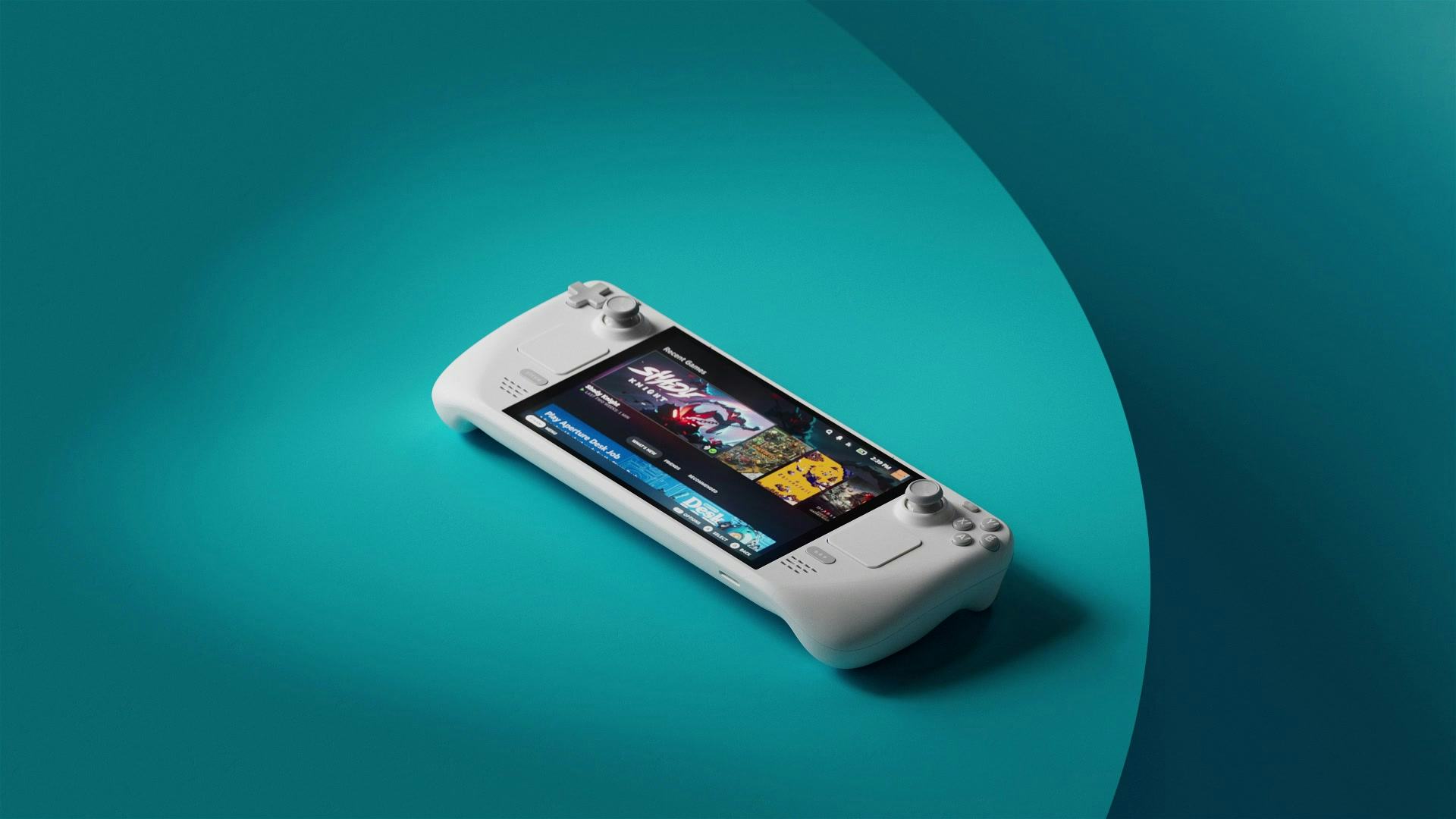
Valve changed the handheld game when it released the Steam Deck, bringing portable PCs to a mass audience at an affordable-ish price, making it by far the easiest way to play Steam games on the go. Up until now, its integration with players’ existing Steam libraries has been the Steam Deck’s biggest advantage against a growing number of competitors, but that’s set to change soon, as Valve and Lenovo recently announced.
At this year’s Consumer Electronics Show, Lenovo revealed the Lenovo Legion Go S, a handheld PC running Valve’s SteamOS, the same operating system that powers the Steam Deck. While players have gotten SteamOS running on other handhelds before, the Legion Go S is the first non-Steam Deck handheld to be approved by Valve and sold with the OS pre-installed.

Valve also revealed that Legion Go S’ SteamOS support isn’t a one-time deal. Before the handheld ships, Valve will be releasing a version of the OS that works better than the existing one on non-Steam Deck handhelds. The company says it will also work with other manufacturers in the future to integrate the OS.
Arguably the biggest draw of SteamOS is its simplicity. Other handheld PCs run Windows, which gives them more versatility to install desktop applications (including competing game launchers), at the cost of being a little harder to set up and manage. SteamOS is far more limited, intended primarily to play Steam games, but providing a more seamless user experience in exchange, which Valve describes as “console-like.”
Getting SteamOS running officially on third-party handhelds means there could soon be a lot more choices for players who want a portable way to play PC games but don’t want to tinker with a more complicated system to get it working. Valve putting in the work to get its OS running on competitors’ hardware also speaks to the company’s strategy. When it launches, the Legion Go S could be a solid alternative to the Steam Deck. It has a slightly larger screen than the Steam Deck, with higher resolution and a faster refresh rate. Its battery is a bit more powerful and it will run a newer, custom CPU. At $499, it comes in at $100 more than the entry level Steam Deck model, but it’s significantly cheaper than either of the newer OLED models.

Valve has already said that it won’t be releasing frequent hardware updates for the Steam Deck, instead opting to wait to release its next handheld when it can deliver a leap akin to the difference between console generations. Until such a generational leap is possible, the Steam Deck remains on the low end of processing power when it comes to handheld PCs. Its main competitive advantage is SteamOS, and now the company has confirmed that it’s essentially giving that advantage up to some degree.
That could point to a few different strategies for Valve. One is that, to remain competitive, it will need to deliver some significant advantage with its next Steam Deck. That could come through some truly impressive hardware update or something more surprising on the software side that other handhelds don’t offer.
But it could also indicate a future where Valve is less concerned with hardware itself. Like Xbox’s strategy to put Game Pass on every possible device in users’ homes, Valve could be aiming to make SteamOS its major product, not the Steam Deck. Valve gets a cut of everything sold through Steam, after all, so if fewer people are buying Steam Decks but more are buying games through Steam for other handheld PCs, that could still be a win. Valve does have a history of making big bets on hardware, from its Steam Machine series of gaming PCs to the discontinued Steam Controller and Steam Link. The Steam Deck is already far more successful than any of those projects, and it’s not likely to go away entirely, but it could eventually become less important than the OS that runs on it.







